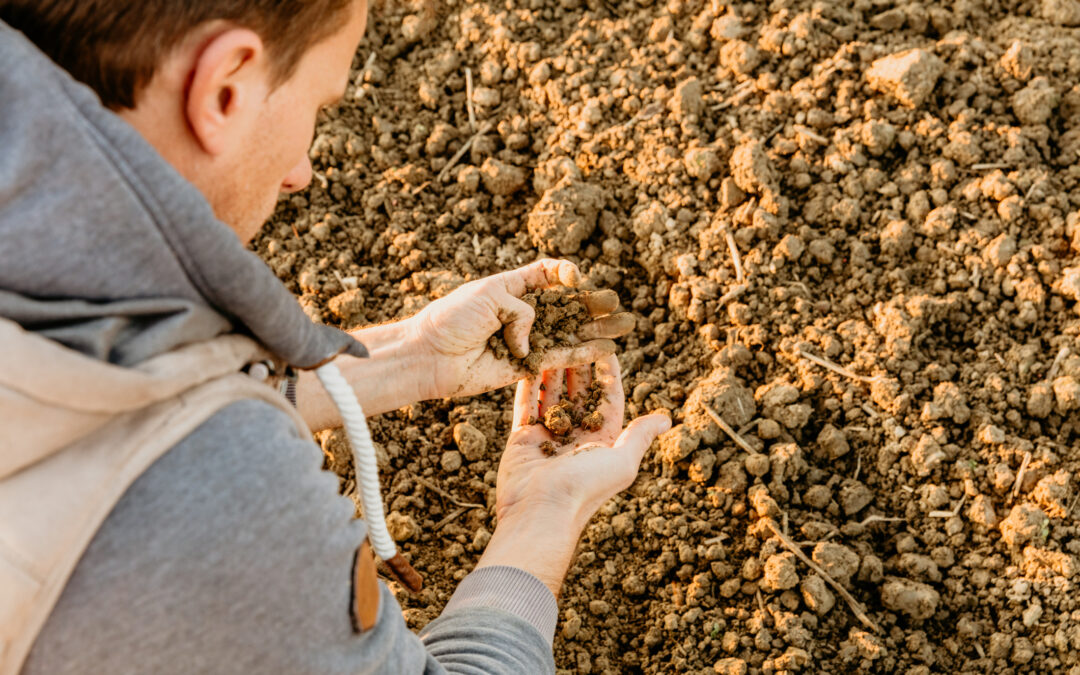Let’s start with an analogy –
Q: How much diesel is left in the tank MIKE? 👩🌾
MIKE: The measuring stick measured two metres deep📏
Q: Well how wide or long is the tank? 🤷♂️
MIKE: I can’t tell you that, but we have two metres of diesel … 🤦

…and, in isolation, that’s really about as much use as those soil analysis numbers are by themselves: a number and an index that doesn’t give you the full picture need to make decisions.
While this may have been acceptable in the post-war world of the 1960s and 1970s, when any system was better than none and without computers to perform complex calculations we all relied on simple ‘look up’ tables in manuals to guide us. RB209, published in 1974, belongs to this era.
But now in 2024 little has changed. Fifty to sixty years further on, shouldn’t we have updated this system to use improved laboratory methods, account for interactions between mineral and biological soil components, determine synergies and antagonisms between nutrients and exploit the cheap universal computing power of today?
At Emerald Research we did just that….
We have extended Standard Soil Analysis (SSA) methods by using additional innovative and complementary analysis techniques and complex calculation models based on significant research and field trials, we are able to provide:
- CREATE: True nutrient AVAILABILTY models for P, K, Mg, Ca, Na, S, Mn, Zn, Cu, Fe, B, Mo
- DEVELOP: Two independent measurements of phosphate ‘lock up’ capacity (0 – 100%) to better understand the fate of Phosphate in your soils.
- CALCULATE: Cation antagonism (Calcium, Magnesium & Potassium) including intended fertiliser additions to provide truly balanced nutrient recommendations.
- INCLUDE: Key soil characteristics – soil texture, pH, base saturation and organic matter %
- DETERMINE: soil fitness specific to your crop
We think that this is the best way to evaluate the soil’s available resources, providing you with an accurate base line from which to start your fertiliser and nutrient calculations.
Find out more ..
For more information on the OptiYield soil analysis click here

